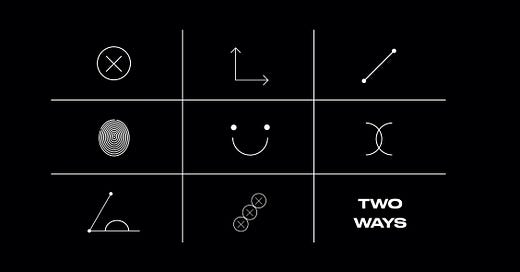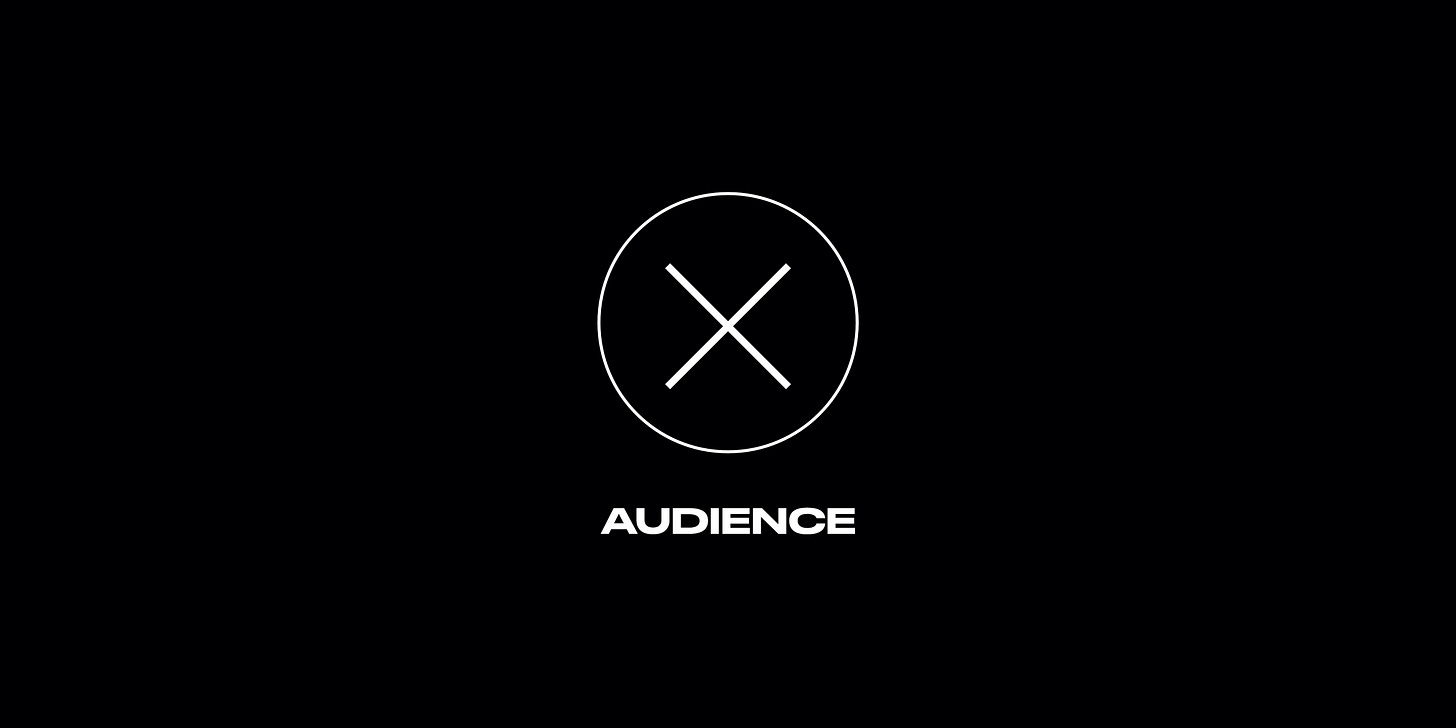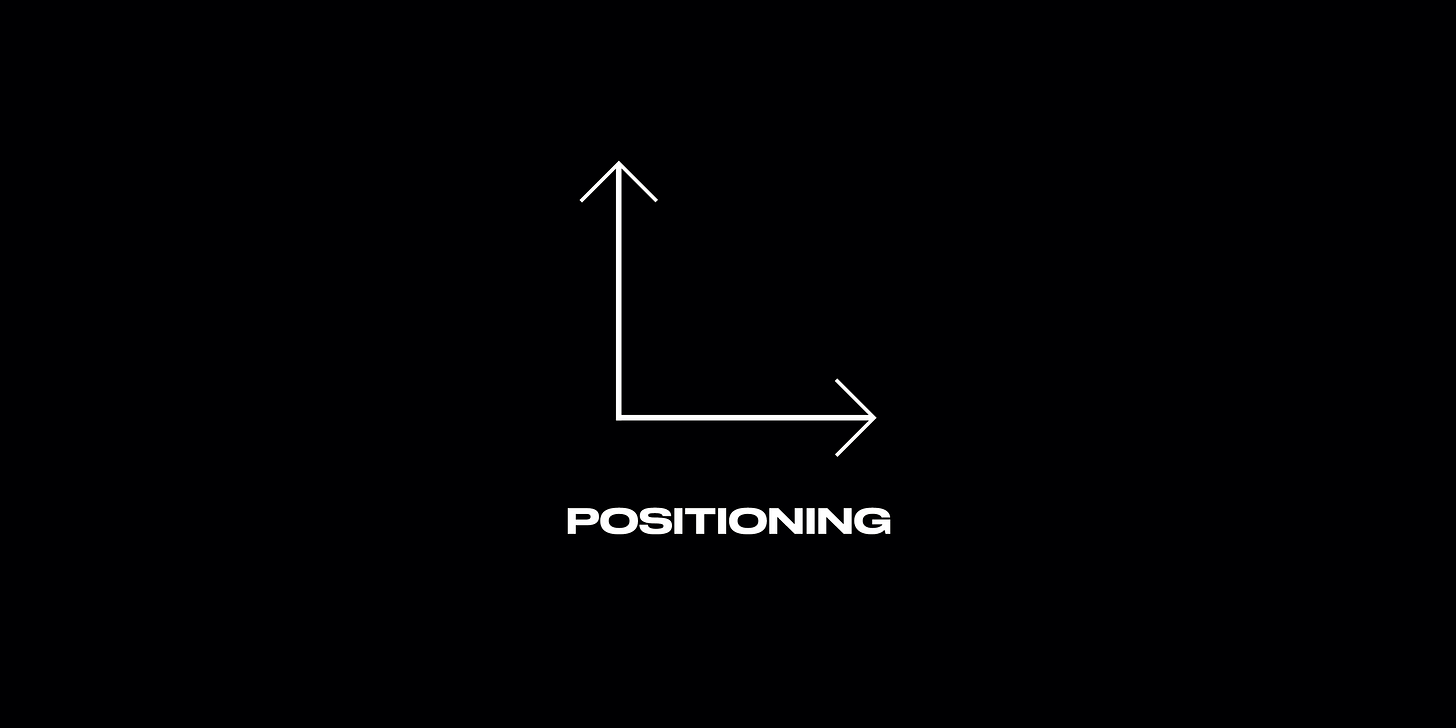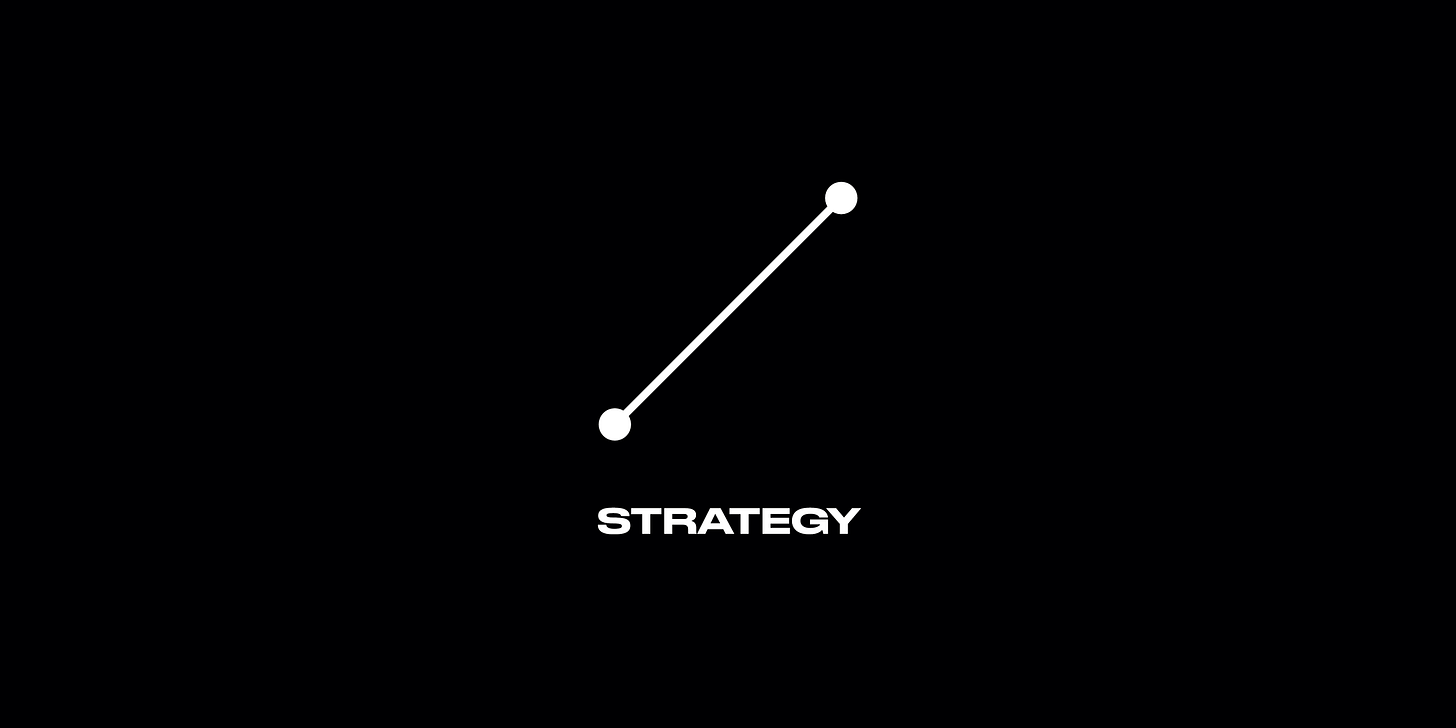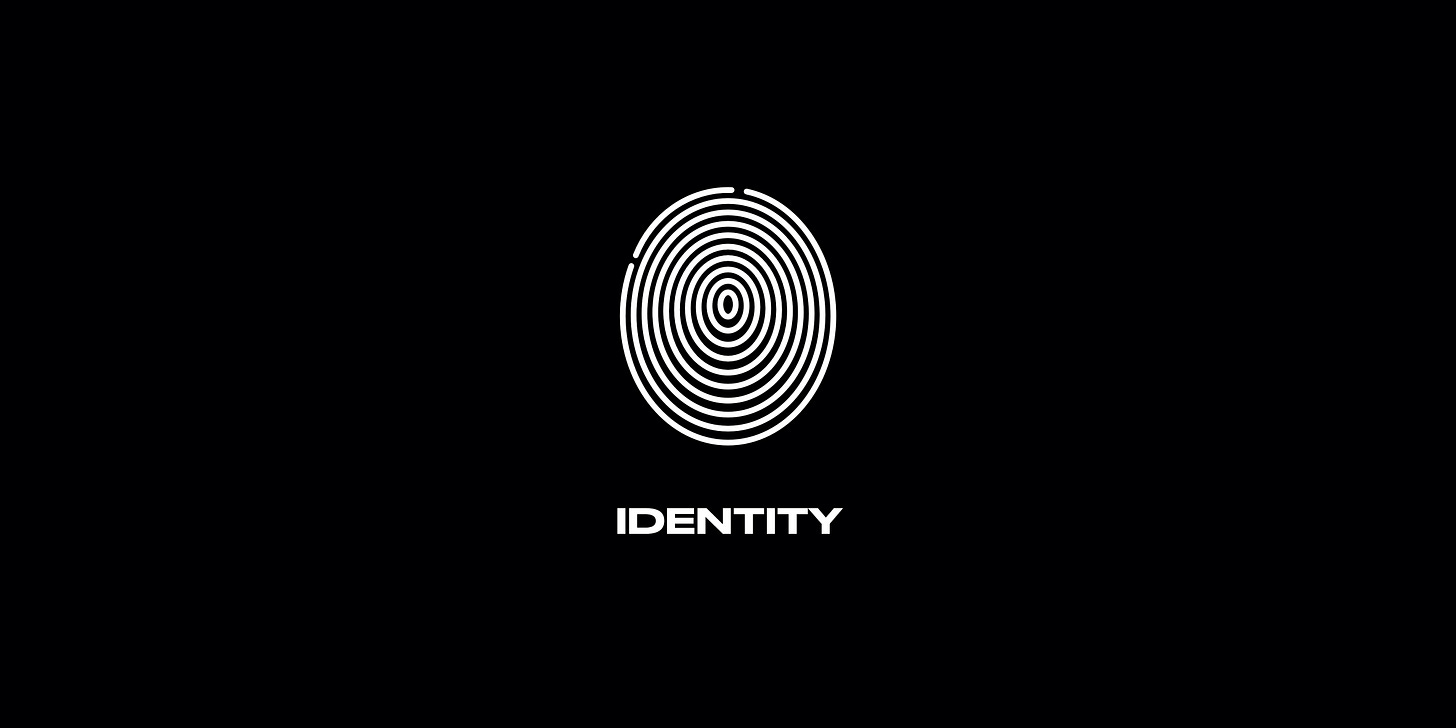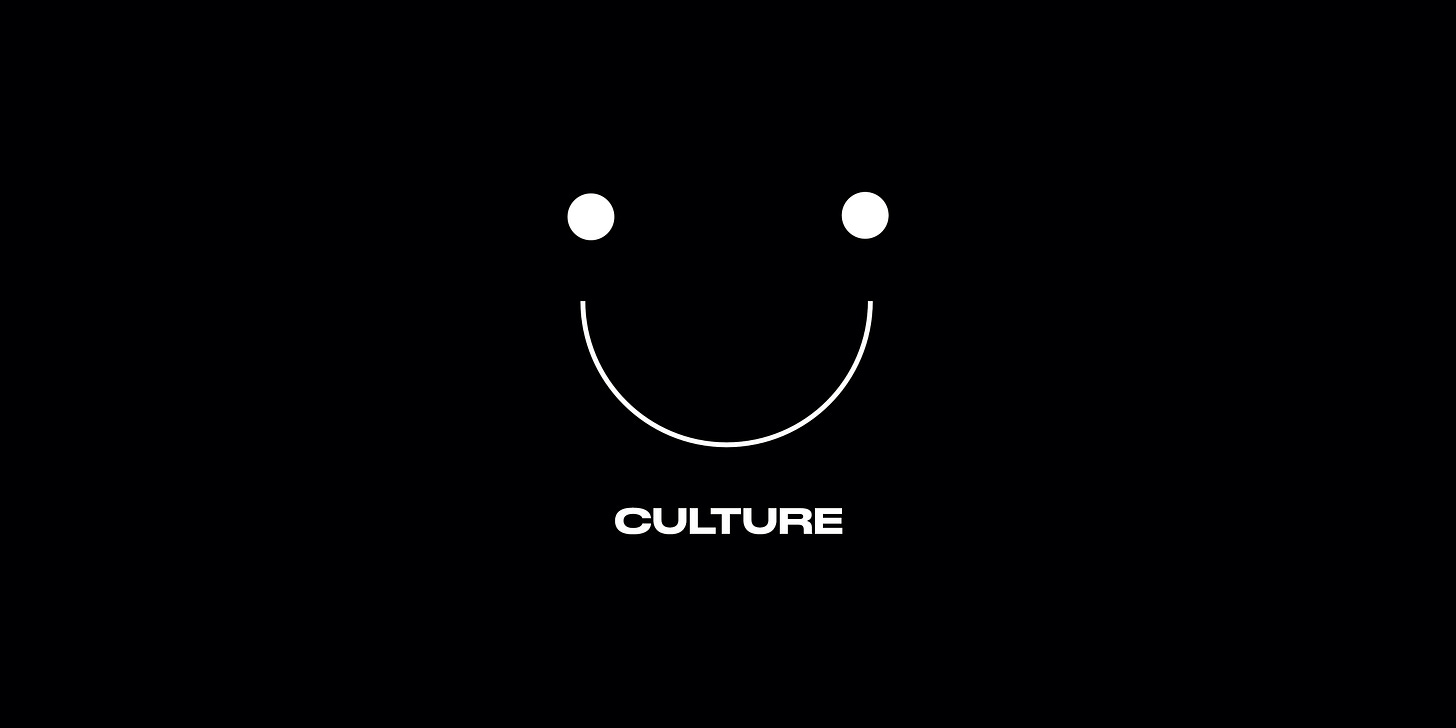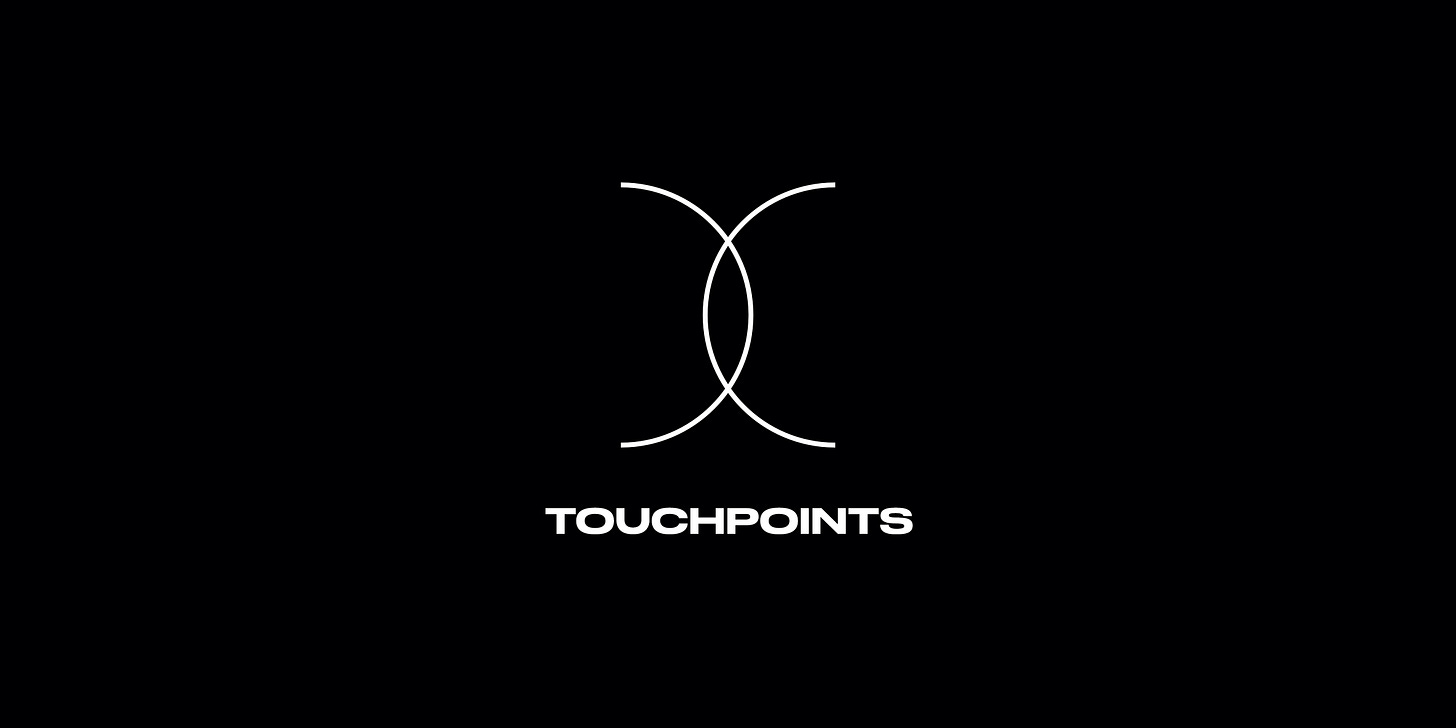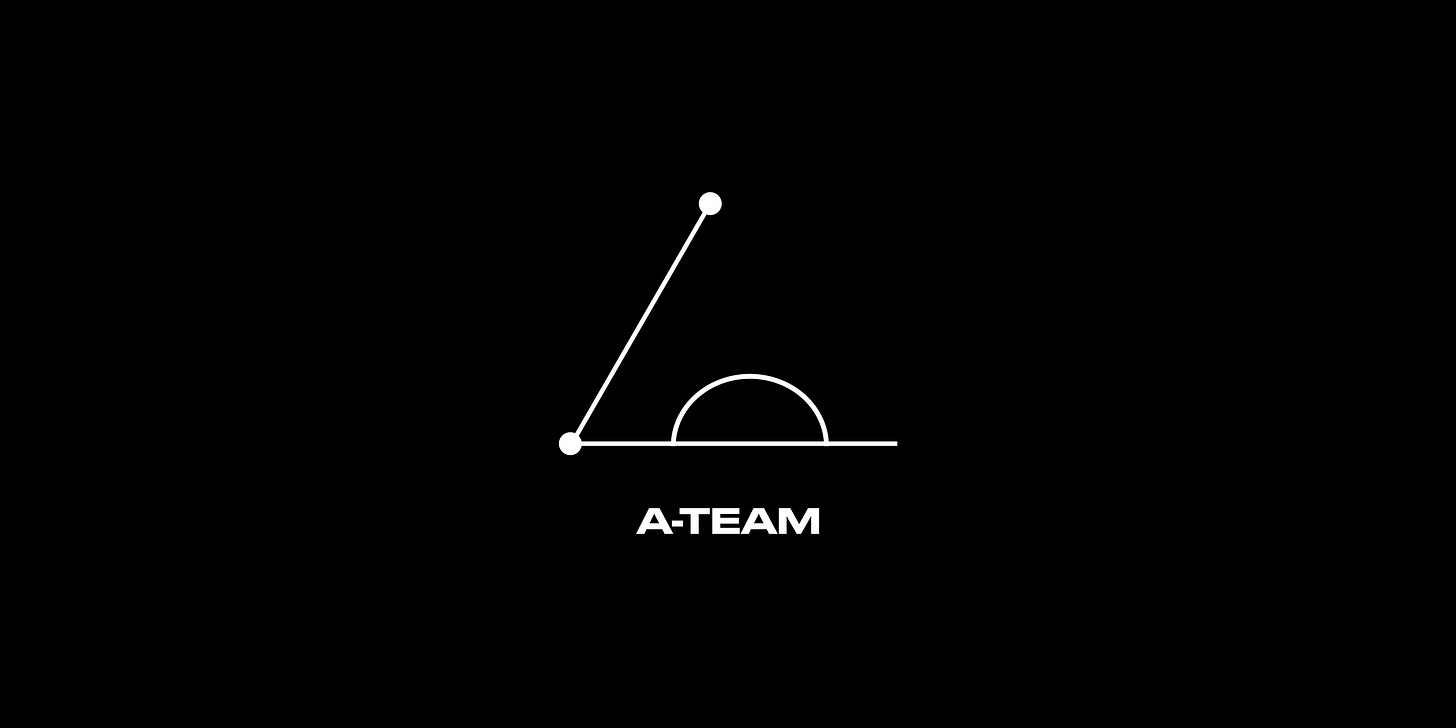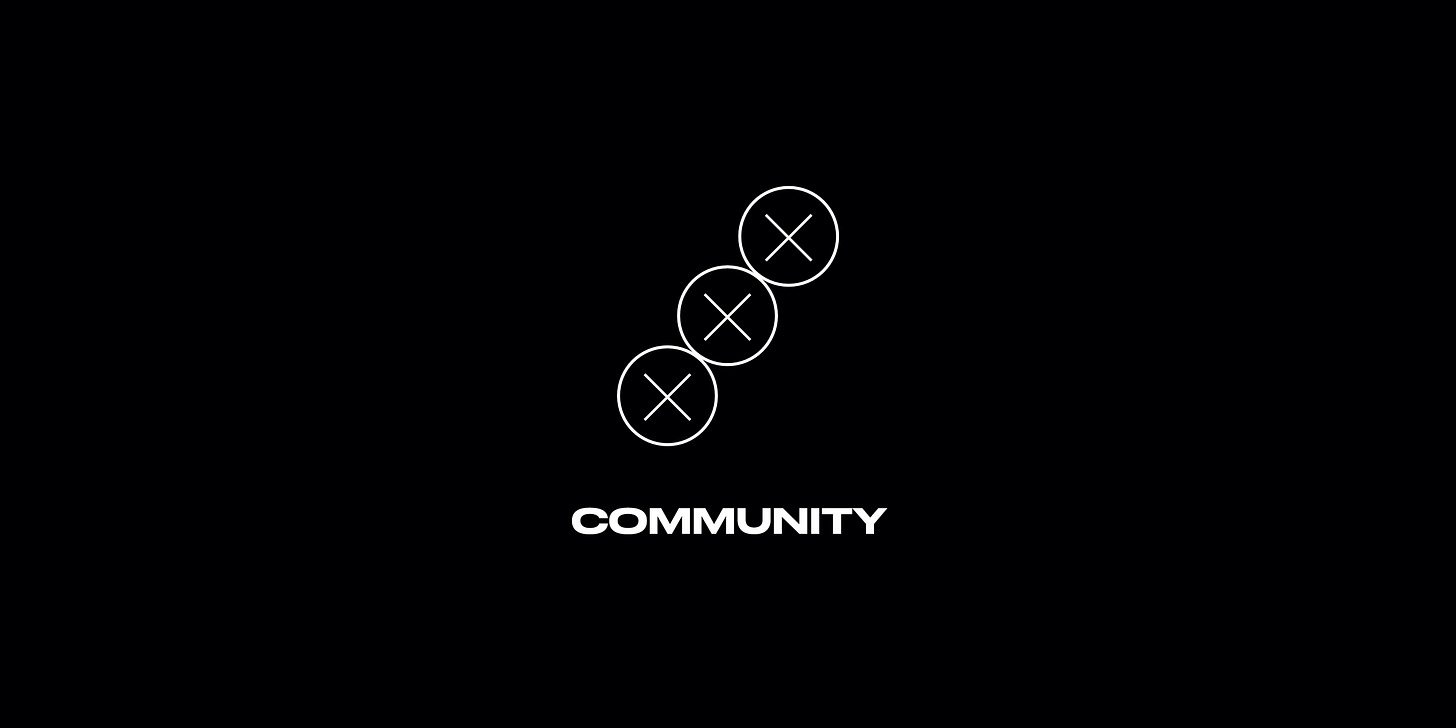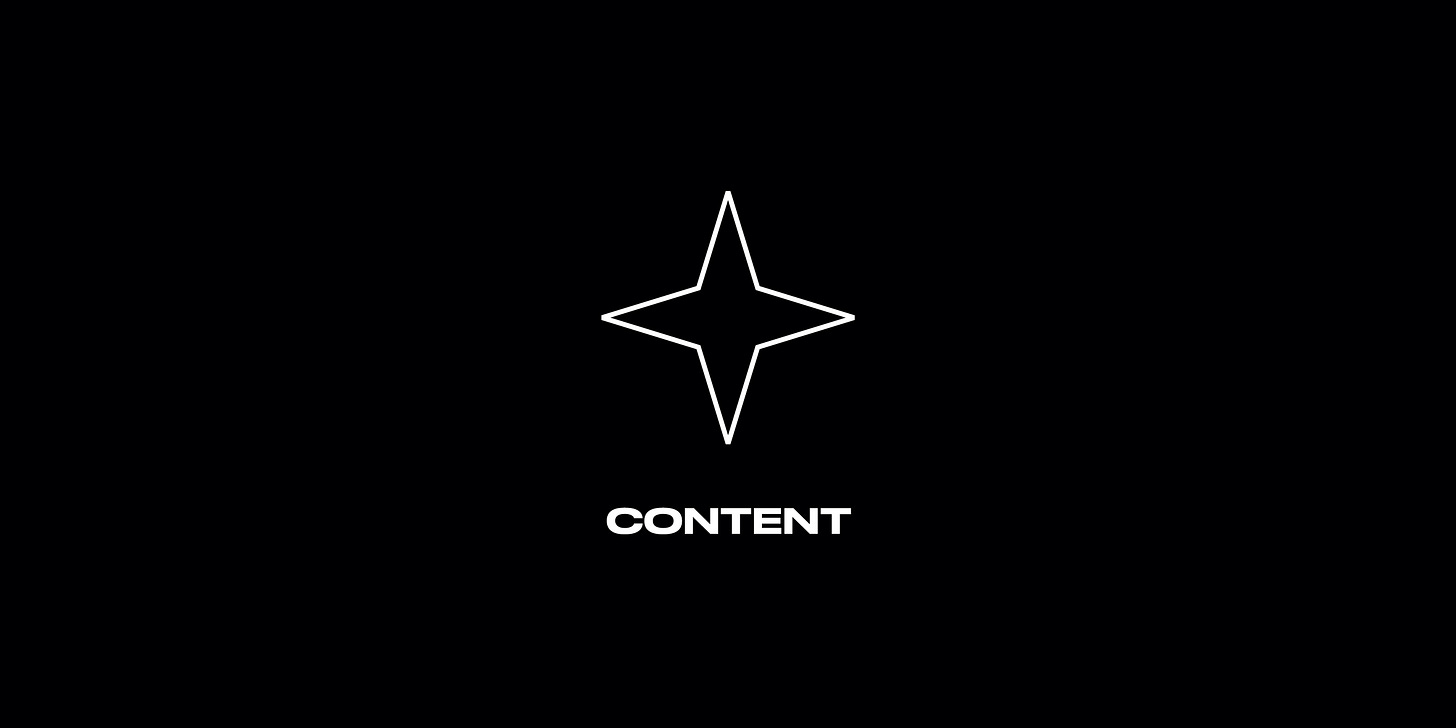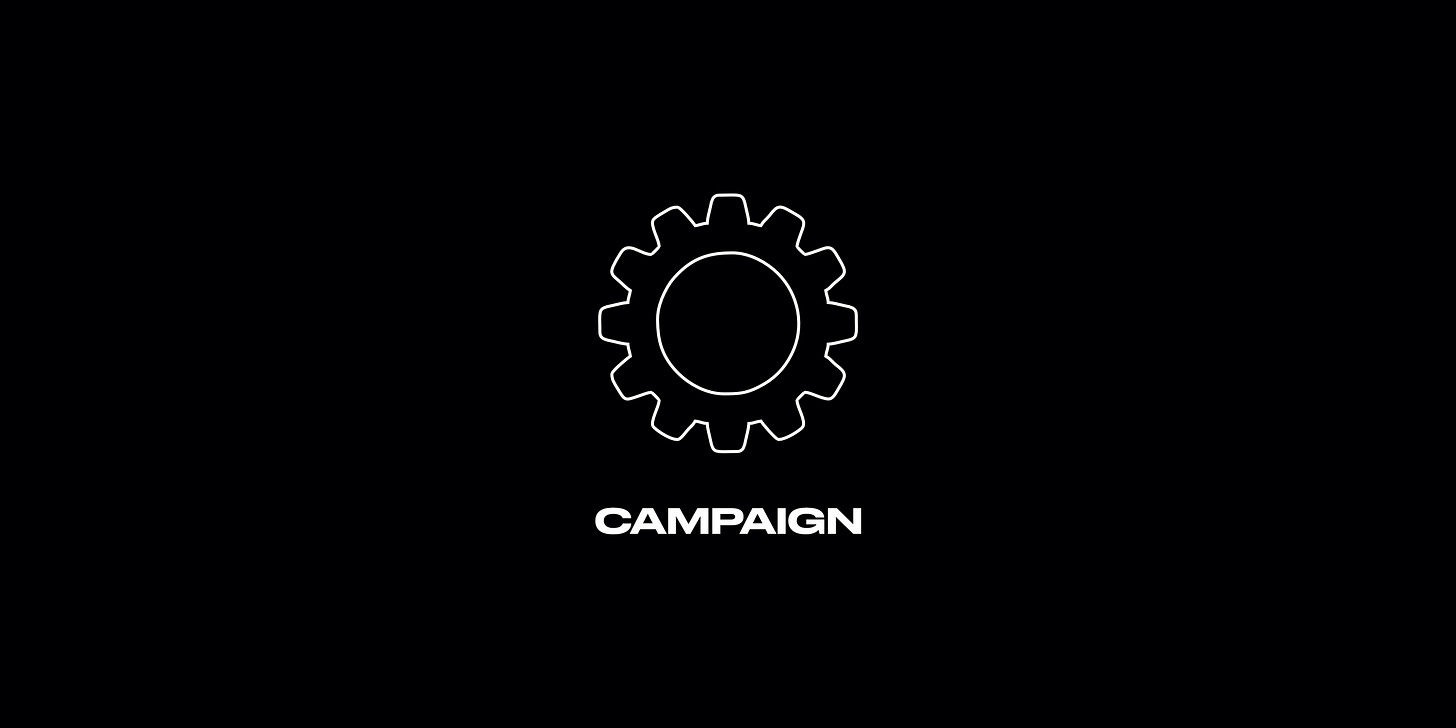How to launch a brand in 2024...properly.
Around 30,000 products are launched annually. 95% of them fail. How do you ensure that the new brand you're starting in 2024 is part of the winning five percent?
You’re ready to take the leap. You’ve been thinking about this idea for a while now and have done everything you need to do from the business angle. Capital, ops, talent, legal, and everything in between. After three panic attacks, six internal screams, and nine moments of uncertainty, you’re finally ready to share your baby with the rest of the world.
Then you see the scary subtitle above from Mofe in your inbox (it’s actually from this professor) and are determined to ensure that your efforts are not wasted and your vision becomes a reality.
You need to roll out not as a business or product but as a brand. This ensures you don’t compete on price or with the features of what you’re selling. When you do this, you don’t have a brand and are more likely to be swept away.
So, now, how do you launch your brand in the good year of our Lord 2024?
Well, I’ve drawn up a 10-step process that can be used for any type of product or service across any industry, taking into account the current cultural and social climate. I’ve made this barebones, which allows you to apply it to any type of business.
Here’s my current process for launching brands in 2024:
Audience
Positioning
Strategy
Identity
Culture
Touchpoints
A-Team
Community
Content
Campaign
Now, let’s zoom in on each step.
1. Audience
You must have a super defined audience. Who is that one person (or company) you’re creating this brand for? Know everything about them, including their pain points and how you solve them.
Now here’s the key thing: you must not have more than one primary target or persona. While there are others that will also benefit from your solution, they are not the bull’s eye. Your brand is a rock pool that nourishes the plants in it. The other plants at the edge (that are also nourished) just enjoy the trickle down.
You have a finite amount of resources and want to go all in on being the perfect solution for one target. This will make the next steps in this process easier. Don’t worry about the other plants at the edge for now. When your brand is established with more resources, you can target them as well. For now, though, let’s focus on that one target.
2. Positioning
There are a lot of brands that also want to solve the problem that your target is facing. You might have heard of them before. We call them the competition. In this stage, you want to know the promise that they’re trying to sell to your target and how yours can stand out.
A common approach to doing this is outlining the factors that influence the target’s decision-making when choosing a solution. This could be quality, status, efficiency, price, and so on, depending on your business category. You then place your competition on different points of a graph where you have extremes of each factor and decide which sweet spot will be yours. Here's a helpful guide on how to do this.
The goal of having this information is not to "see what works so that we can copy," but to offer a better solution while standing out from the competition. You then ask the golden question: What must I do to become the choice repeatedly for my target?
3. Strategy
The answer to the golden question in the previous step lies in your brand strategy. Simply put, your brand strategy is a long-term plan to help you achieve your brand goals. Positioning is one part of this, as it opens your eyes to the possible options that your target has and how you can stand out. Now, the other parts that answer the golden question:
Brand Ethos: What is your mission and vision? What are the values that your brand will be built around? What is your reason for existence, and how will it serve as an indicator that attracts the right target?
Brand Positioning: Remember what you did with positioning in the previous step? It’s a key part of your brand strategy as you find the perfect way to stand out in your target’s mind.
Target Audience: Bring your completed persona here. Feel free to tweak it if you’ve noticed anything you should change after outlining your ethos and positioning.
Brand Persona: If your target had to meet someone (a human) to fill their need among the available options, what would that human be like? What traits would they have that would make our target feel attracted to them? Remember the persona you created for your target audience? It’s time to create one for your brand. See how all our preceding steps add up to enable you to answer this question?
4. Identity
You now have a rough idea of your strategy, and to complete this, you need to figure out your brand’s identity: how you need to look and sound.
When people think of brand identity, they rightly think about a logo and colours but that’s just one part of it. It’s like saying a person’s face is the only thing that makes them who they are. What are the other things that make up your brand’s identity?
Brand Name: If you don’t have a brand name yet, this is where you want to address that by coming up with something that is memorable, available online, and legally and globally accessible.
Brand Tagline: This is a short phrase that stems from your ethos that you’ll associate with your brand. The goal is to have something that’s sticky, not too specific about your service, and will relate to that feeling you want your target to have.
Verbal Identity: To resonate with your target audience, you need to develop your brand’s tone, which births your vocabulary, writing guidelines, and communication goals. This is a step that should not be skipped, as it will serve as the blueprint for everything you say. Check out Mailchimp’s voice and tone for directions on what this should be like.
Visual Identity: The shiny part we all love: your logo, design system, patterns, iconography, typography, overall visual direction, and a brand guide that documents how they should all be used.
Brand Story: This is the narrative that weaves all the elements of your reason for existence and how it solves that need that your target wants to fill up. Your brand story will supplement your brand’s identity and guide all the tactics that you’ll use to achieve your brand’s strategy. You will also use this story to bring talent on board, direct communications, and the content that you’ll put out there.
5. Culture
While everything that we have spoken about focuses on what you need to be for your target, the next step is about focusing on what you need to be internally, which allows you to be able to deliver the promise you’re making to your target.
Your culture is one of the most important parts of your brand, as it sets a framework that people who join your team will adhere to. If you’ve taken the previous steps, you will also position your brand to attract the right people, as real... recognise real.
No matter how beautiful your product is or how sleek your identity looks, it won’t matter if you don’t deliver service in a sterling way. Doing this well also answers the golden question: What must I do to become the choice repeatedly for my target?
6. Touchpoints
Congrats. You’re halfway there. Now, the next thing is figuring out your brand touchpoints. If your target is a circle and your brand is another circle, if both circles were to connect, the point at which they do is a touchpoint.
Look at them as all the possible scenarios and places where your target can discover you, engage with you, and have their problems solved.
While there are a lot of touchpoints, some of the most common include
Your social media platforms
Your newsletter
Your website
Your product or service
Your customer service
Your store
Online Ads
Traditional Ads
Here’s an ultimate list of 39 brand touchpoints you can explore, with examples of brands that are doing awesome things with each of them.
7. A-Team
As a visionary with the proper entrepreneurial mindset, you know that you cannot and should not do everything yourself. Here’s where your A-team comes in. Depending on the scope of your business, you want to have people in every important section of your brand, which is usually marketing, sales, customer experience, production, and delivery.
In this thread, I highlighted the importance of delegation (not abdication) and how to get it right. There’s a reason why there’s an ‘A’ before that team. You want to get superstars (or those on that path) to be in charge of the key parts of your brand. Remember, you’re the captain, not the helmsman. Before you send them to the seven seas, though, you want to ensure that they are aligned with the culture that we have set earlier so that they can represent the brand properly across all touchpoints.
Your A-team should also include consultants and strategists with in-depth experience that can help you with important parts of your brand as you focus on other things you love to make your vision a reality.
8. Community
If your A-team is about the internal part of your brand and ensuring it’s set up properly to fulfil the needs of your target, your community is the sum of all people that have similar interests that revolve around the need you’re trying to fill.
Your community can be made up of people who have engaged with you at any of your touchpoints, and also include your customers and your A-team.
Communities have always been the bedrock of all brands, and in 2024, they will become even more important as attention spans get shorter, competition increases, and loyalty wanes. Having your own enclave of people who believe in a vision (which is bigger than you) that your brand is trying to achieve while giving them value gives you a steady path to creating a brand that lasts.
You can start building a community now, even if you don’t have a brand. Just create a touchpoint (preferably a social media platform) that offers insane value to your target audience, centred around an identity that your brand will eventually have. When you’re ready to hit the gas pedal, you’ll have the best path to make the journey smoother.
9. Content
Content is the lifeblood of everything you’ll be doing with your brand. We are super fortunate to live in an era where you can reach anyone, anywhere in the world, and fulfil a goal as long as you deliver them true value through content.
We can literally have another newsletter on content alone (should we?) that you should tap into, but in the meantime, here’s a great article with a deep dive on its power, how to create a content strategy and plan, the creation process, analysis, and tools.
Through it all, remember that content is just a tool to help you achieve your brand goals. So, it must help your audience, convey your identity, help you become memorable, convert people into customers, and later on, brand evangelists. Your content must stand out, be of high quality, and be created with a scalable and consistent system.
10. Campaign
You’re finally ready to launch your brand! You’ve spent the previous nine steps sourcing the ingredients; now it’s time to combine them into a tasty meal that your target will love and recommend to others.
Every campaign has a key goal, and while you might think awareness is the goal when launching a brand, it’s actually more than that. We need to make sales. So, it’s about
taking people through the awareness, engagement, and conversion phases in a short period,
creating an awesome experience as this happens, which makes them come back for more and recommend your brand to others,
repeating this cycle for as many people in your target group as possible.
To achieve this, you need to:
Create an identity that stands out from the competition.
Use content to tell a clear story about how your brand solves the needs of your target.
Sell the feeling that they’ll experience once they choose you over other brands.
Ensure the product or service is of the promised quality required to solve that problem.
Create an awesome experience when delivering that promise.
Use a combination of community, platforms, tools, and collaborations to spread this to as many targets as possible.
As you do this, I’ll leave you with this quote from Greg Isenberg that should always ring in your mind throughout your launch:
move in silence or move loudly, nothing in between
Conclusion
Now, it’s time to start executing. I want to see the beautiful brand(s) you will launch successfully this year.
P.S. If you need someone to manage all this for you, hit me up. I know great people for every step of the process and a team to manage it all (spoiler alert: it’s Crevtus).

